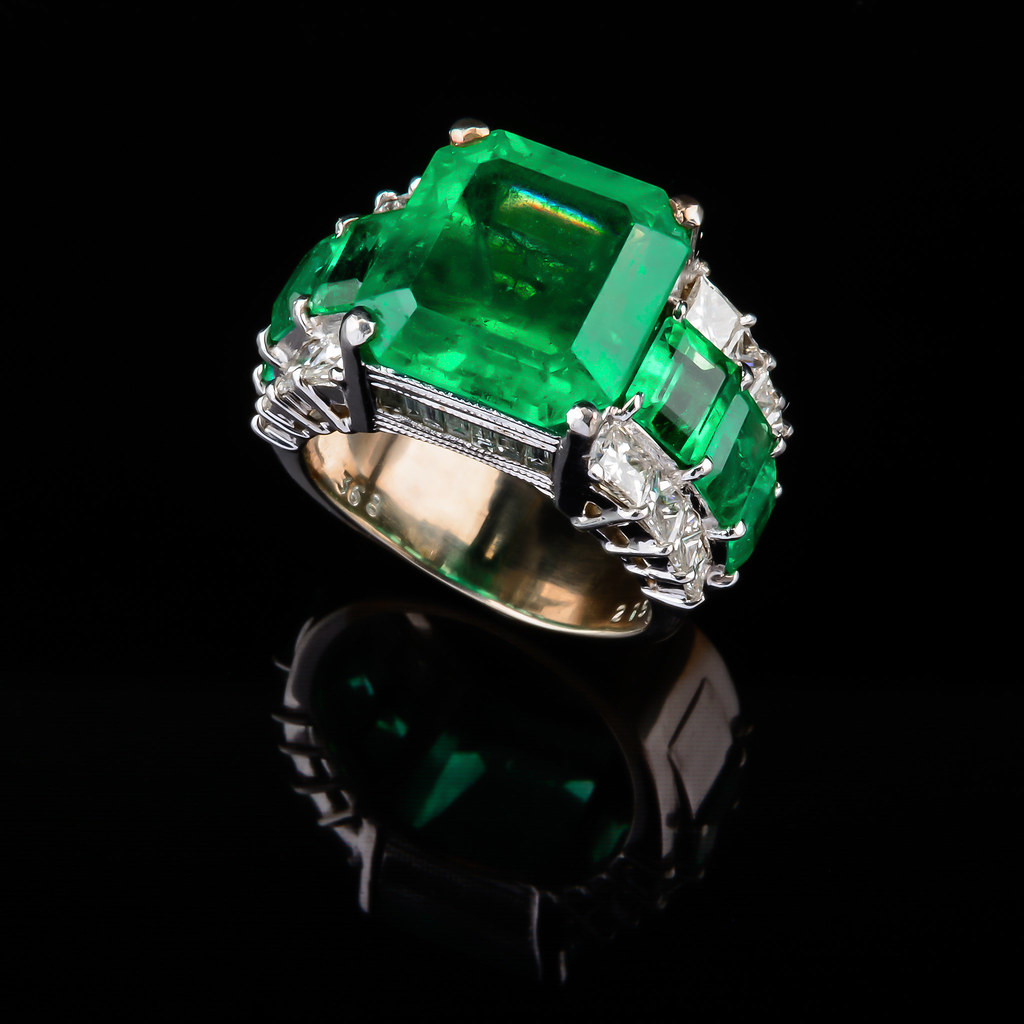
How to Buy Emeralds Online ?
Are you planning to buy emeralds online but afraid of getting ripped off and ending up with a low quality emerald? Or are you left with too many choices and want to select the best one? Don’t worry, in this article, you will learn all about, how to buy emeralds online in the correct way.
It Is Easier Than You Think
Emeralds are indeed a fascinating gemstone and one of the most valuable gemstone types in the world along with blue sapphire and ruby. The strong green color of a high quality emerald is so unique and unmatched to anything else in nature. Emerald was also the favorite gemstone of Queen Cleopatra in ancient Egypt due to its remarkable beauty.
Buying gemstones and jewelry online has become very popular these days. With the right knowledge to take a decision, you should not be afraid in buying such valuable products without visiting a physical store.
When comes to emerald, if you know the deciding factors of the gemstone quality and price, you can select emeralds which gives the best value for the money you spend.
I will take you through these factors in this article. But if you are only looking for some recommendations on online jewelry stores to buy emeralds, James Allen, Blue Nile or Leibish are my recommendations to buy high quality emeralds and jewelry. If you are looking for a cost effective store, you can try Etsy. But recommending these stores is not the only objective of this article. I will explain you how to make a good buying decisions when you are buying emeralds online.
How To Buy Emeralds Online?
Just like for all other gemstones, the quality and the price of a gemstone can be summarized under the famous 4 c’s : color, clarity, cut and carat weight. When you ask yourself the question “How to by emeralds online?”, you are essentially looking for the correct balance of these four factors.
Color of Emerald
Out of the 4 c’s, the color is the most important when you are buying emerald as it is the most unique and desired property of this stone after all.
The best green color of emerald is so unique that it has got his own name “Emerald Green”. The color can vary from a vibrant green to dull green, with a bluish tone to yellowish tone. Since the price vary very much on the color, it is important to know how to select the best color emeralds.
Color of any gemstone including emerald is categorized into three sections: hue, tone and saturation.
- Hue
Hue means the actual color variation of the stone. Emeralds can be pure green, bluish green or yellowish green. The most desirable emeralds are bluish green to pure green (along with the right tone and saturation which will be explained next). The price of emerald drops when a yellow tint is present.
Two of the famous emerald producers in the market today are Colombia and Zambia. Colombian emeralds are considered to have a more intense and warmer green, and a cooler and bluish green in Zambian emeralds. But in reality, both these sources produce emeralds across this color range.
If the hue of the stone is too yellowish or bluish, it will no longer be considered as emerald. (Since emerald belongs to the beryl family of gemstones, when the stone is yellow, it will be called heliodor and when it is blue, it becomes aquamarine)
The emeralds with high transparency and no color zoning visible to the naked eye can be very expensive.
(Color zoning means, there will be differences in the color along the gemstone, and transparency is linked with the clarity of the stone which I am explaining shortly)
Some of you might be wondering how the colors can change so much given that it is the same gemstone. The reason for the changes in the color is the difference in trace elements. Vanadium, chromium and iron are the trace elements for emerald and the color change happens due to changes in the percentages of each of these elements.
- Tone of Emerald
The tone specifies whether the stone is light or dark. Natural emeralds fall in between very light to very dark.
- Saturation
Saturation essentially speaks of the intensity of the color emerald. The stone can either be dull looking or it can have a strong vivid green. An emerald with good saturation easily catches the eye with its sparkling vivid green.
To summarize these three aspects, an emerald with a pure green, not too dark and has vivid intense color could be more expensive than a dull, dark/light bluish or yellowish green emerald. But in order to get a full understanding of the price of an emerald, let’s continue the discussion to get to know other c’s of emerald as well.
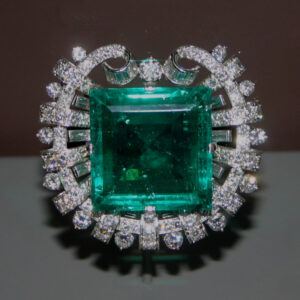
Clarity
Clarity of a gemstone refers to the presence of inclusions. Most emeralds contains inclusions which are visible to the naked eye and emeralds without visible inclusions can be quite expensive.
Since clear emeralds are so rare, many who buy emeralds are OK with having inclusions in the stone. Therefore, as long as the inclusions are not very significant and doesn’t really damage the look of the stone, don’t mind those too much when buying emerald. And also, there is no clarity grading scale for emeralds as in the case of diamonds.
In fact, if you come across an emerald which has no visible inclusions, it can well be a synthetic emerald. (In such cases, requesting for a valid gem certificate is a good option)
Emerald inclusions are described as looking mossy or jardin (“Jardin” is the French word for garden because the inclusions might look like roots or branches of a plant).
If the inclusions appears as big bubbles or patches, it is better to avoid those emeralds. If the inclusions are close to the surface, there is a tendency to fracture when worn. Therefore, it is better if the inclusions are well below the surface of the gemstone.
If you are purchasing an expensive emerald, you can request a magnified image to see the inclusions. A good seller will certainly accommodate this request as this is an important step in buying emeralds online.
(If you are interested in learning more about different inclusions in emeralds, this article by GIA has a lot of useful information and pictures).
- Treating Emeralds for Clarity
Since inclusions are so common in emeralds, it is an acceptable practice to treat those with oil or resins. Even GIA is offering an emerald clarity treatment classification service since early 2000. Cedar oil, synthetic oil and some other polymers are used to treat emeralds but some vendors do not like the use of green tinted oil very much. A valid detailed certificate will include the type of treatments used in the emerald.
As per the US Federal Trade Commission, all emeralds sold should disclose the treatments used.
Cut
Cutting of any gemstone is a different art altogether. A cutter should manage many factors such as the color distribution in a rough gemstone, presence of inclusions, direction of the best color etc.
For emeralds, there are few factors in particular which affects the cut. First one is the presence of inclusions. Since emeralds contain significant fractures, deciding the cutting method to minimize the inclusions in the finished stone is a challenging task.
Secondly, emerald is a relatively brittle gemstone. This is partially due to the presence of inclusions. Therefore, extra care should be taken during the cutting process to avoid damages.
As earlier discussed, the hue, tone and saturation are the deciding factors of an emerald color. Managing these factors is the third important factor in cutting an emerald stone.
Adjusting the height of the stone and number of facets can have effects on the final color. A symmetric cut with uniform facets adds value to any gemstone. A deep cut with fewer facets and a small table will tend to darken the color and a shallow cut with more facets and a larger table will lighten the stone.
Deciding the direction of the table with the direction of the crystal maximizes the pure green or the bluish green of emerald.
Therefore, deciding the depth, facets and direction is the fourth factor to consider in cutting an emerald.
For emeralds, square cut or the emerald cut is considered as the best cuts when considering preserving stones weight. But depending on the shape of the rough stone, other shapes of cuts are also available. If you request a particular cut from a rough emerald gemstone, it can be expensive as there will be a significant loss to get the required shape.
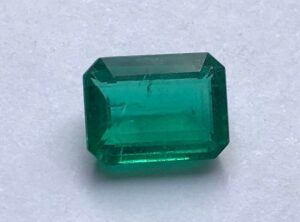
Carat Weight
Just like for any other gemstone, when the weight is more, the price will be higher given that all the other factors discussed remains the same.
But an emerald weighing 1 carat with a brilliant green, high clarity and good cut can be more expensive than an emerald with damp green with low visibility.
It is important to know that high quality emeralds are very rarely found in larger pieces and could be very expensive. It is commonly accepted that buying a high quality emerald with a lesser weight is much better than buying a stone with a higher weight and lower quality.
Given the rarity of emerald, there can be a big difference in price as soon as the weight goes beyond 1 carat.
Here is a nice video by GIA which shows how one seller deciding on the shape to cut a rough emerald.
How to identify synthetic emerald?
Let’s say you have checked all the above factors and decided on an emerald to buy. But you might be wondering whether the stone is a natural emerald or a synthetic one. When buying emeralds online, checking whether the stone is natural or synthetic by observing through a loop or a microscope is not possible.
If you are buying from a very well reputed seller like James Allen, Blue Nile or Leibish, I would say the chances of them selling synthetic emeralds are zero.
But if you want to be most cost effective and you chose to buy from Etsy for example, then this is a fair concern. Even in etsy, there are sellers with a good amount of reviews. However, if you are buying an emerald, I will recommend you to request for a valid gem certificate which proves that the gemstone is natural. The more details the certificate contains the better as you might be able to get to know about the treatments done to the stone as well.
Even when you are buying from a well reputed seller, don’t hesitate to ask for a certificate if you feel so. The certificates are offered even for emerald jewelry and the cost of a certificate is very low compared to the price of emeralds and jewelry. Hence, the sellers will most probably offer the certificate free of charge (You can find more details on the certificate to request here : “How to buy jewelry online?”).
Final Thoughts
When you ask the question, “How to buy emeralds online?”, the most important thing to consider is how to get the best value for your money without getting ripped off. Therefore, having a good understanding about the deciding factors of the price of an emerald are very important.
As discussed in the article, the price deciders of emeralds are the 4 c’s just like for all the other gemstones. But for emeralds, the color is more important than the other factors. Final price however, is a combination of all the factors discussed.
Another unique point you should keep in mind is the presence of inclusions in emeralds. For other valuable gemstones like Ceylon blue sapphires, you can find stones with superb clarity, but for emeralds, it is extremely rare.
I believe now you have a better understanding and confidence in going about buying emeralds online. Please drop any questions you might have and it will be great to hear your comments on this post as well.
p.s. You might also like
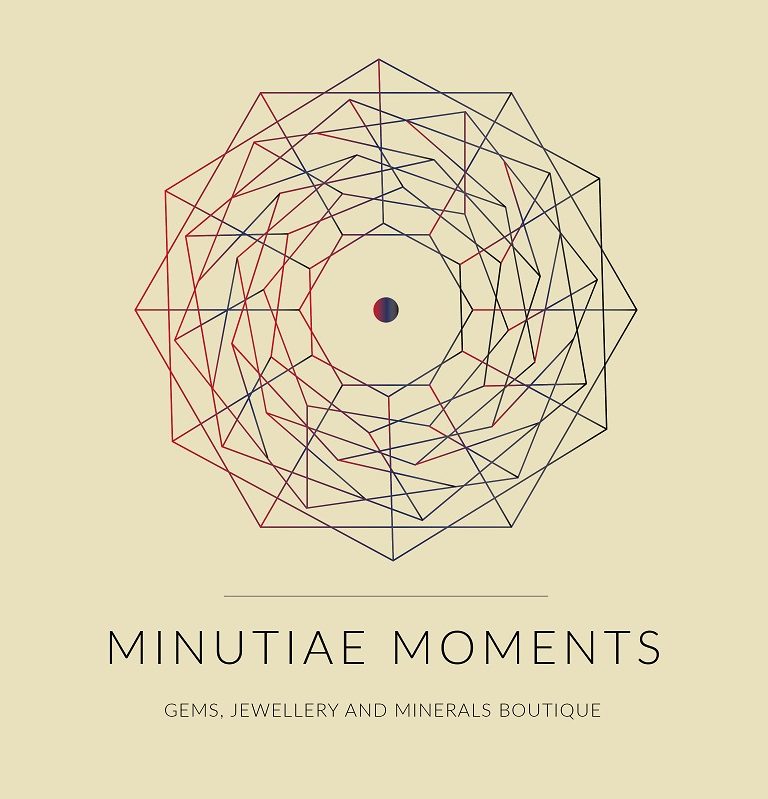
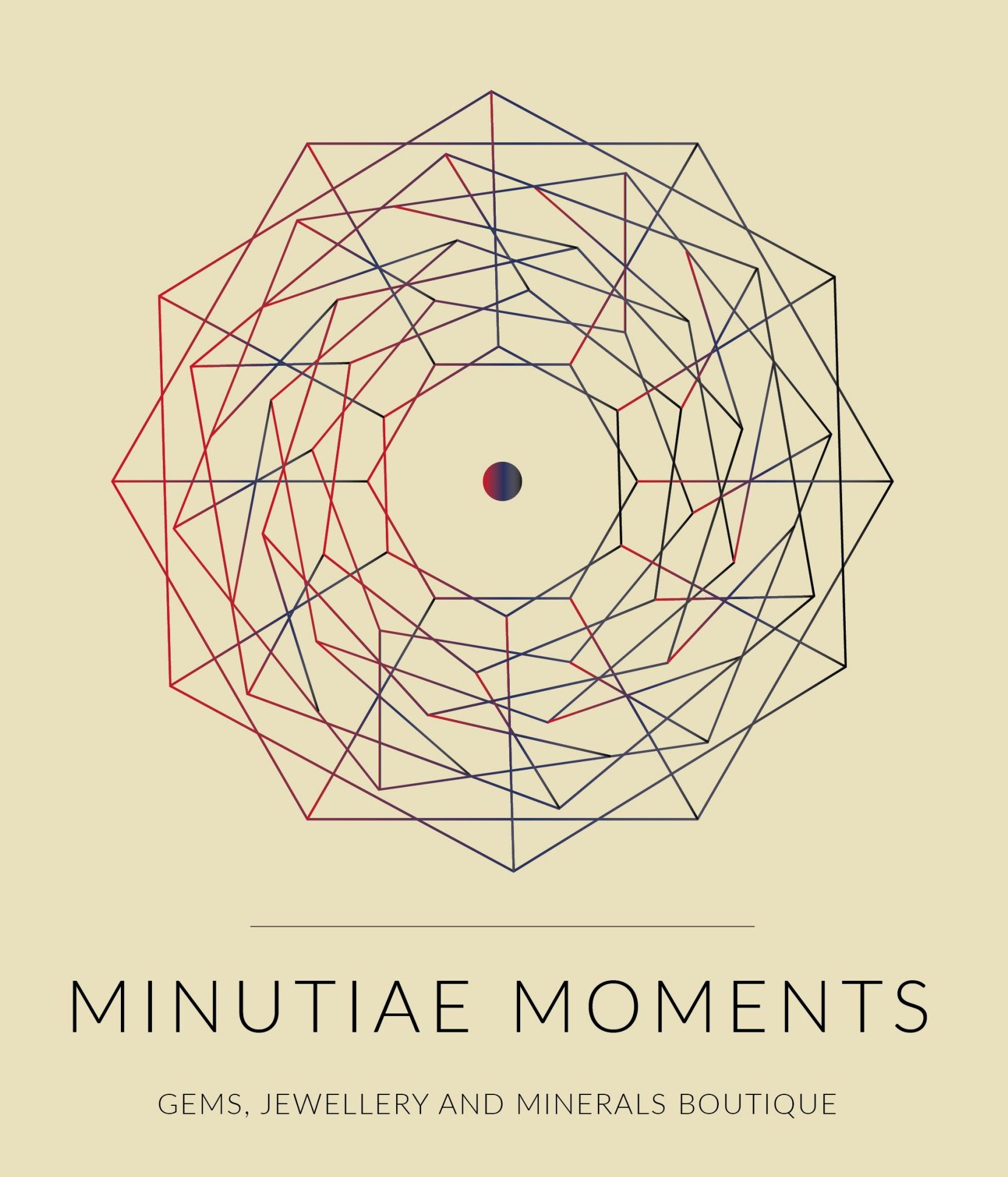
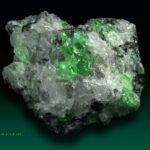
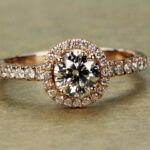
Hello there,
I like your article post, and I have always wondered about gem stones. I think they are fascinating. You have listed the important points in how to buy emerald stones. You do have good up close pictures which can make a difference.
Thank you Ashraf,
Glad you liked the post.
This article is in-depth and gives every details anyone needs to buy emeralds. Thank you
Thank you Keno. Glad you liked the post.
Thanks for this interesting article. I think I am remembering correctly that my grandmother had a ring with an emerald ring and it was one of the most prized possessions of our family. I remember as a young child being allowed to look at it was a treat. Thinking back now though it was probably not that big. Anyway, I think one of my cousins has it now. I am curious on one point though. You mentioned that the elements making up emerald are vanadium, chromium and iron and that the amount of each affects the color. Is there a simple formula as to how the mixture of these elements determines the color or is it much more involved than that and more dependent on the crystalline structure? Thanks and best regards, Andy
Hi Andy, Thank you for dripping by. The basic chemical formula for emerald is Be3Al2(SiO3)6. Trace elements are bonded to this as external elements. There is no common formula which depicts the exact compound mineral. Crystalline structure has an indirect influence on the color. The main determinant of color are trace elements. How these trace elements are placed in the crystal structure also affects the color. Emerald belongs to the Beryl mineral group and all minerals in this group has a hexagonal crystalline structure. But there are so many color varieties of Beryl.